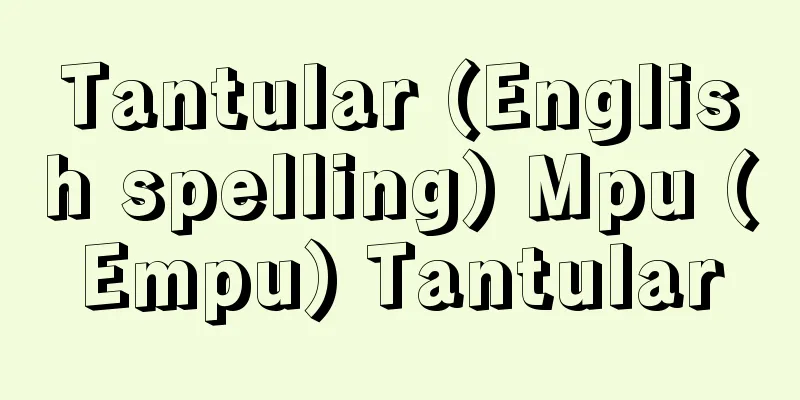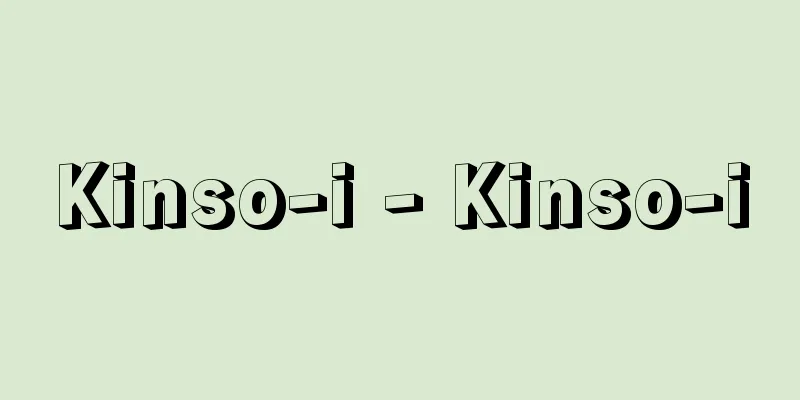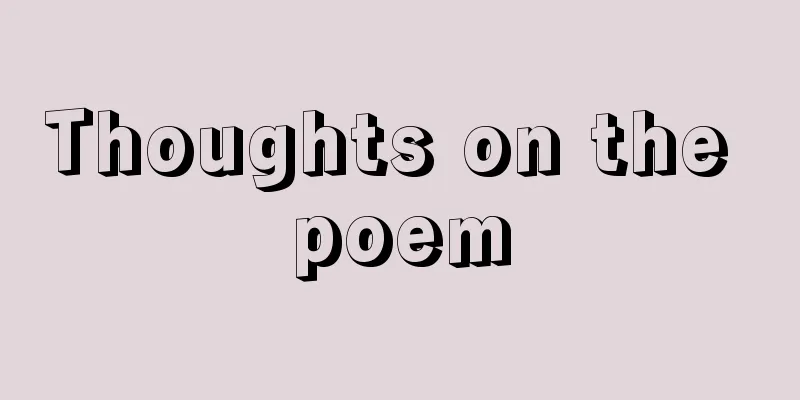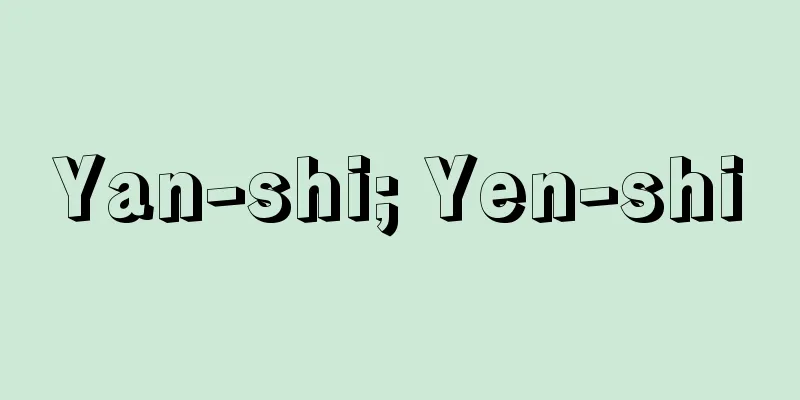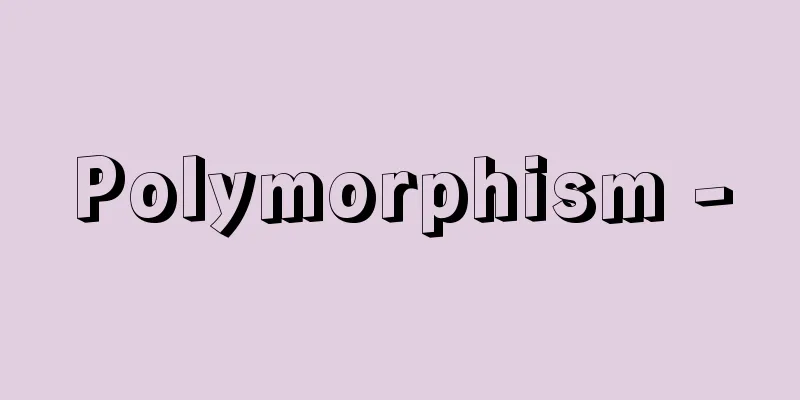East-West Cultural Debate

|
Anti-Western sentiment in China from 1920 to 1922. Since 1915, the May Fourth New Cultural Movement had been a movement to actively introduce Western scientism and material civilization under the slogan "Democracy and Science." In response to this, witnessing the extent of the scars from World War I and hearing about the "decline of the West" in Europe, traditionalists who opposed Hu Shih's theory of "total Westernization" raised voices calling for the elimination of Western culture's emphasis on material things and a reexamination of Eastern spiritual culture. Source: Heibonsha World Encyclopedia, 2nd Edition Information |
|
1920‐22年,中国でみられた反西洋主義の主張。1915年以来,五・四新文化運動では〈民主と科学〉を標語として西洋の科学主義と物質文明を積極的に導入しようという動きがおこった。それに対して,第1次大戦の傷跡の大きさを目撃,ヨーロッパでも〈西洋の没落〉が論じられだしたことをうけて,西洋文化の物質偏重を排し東洋の精神文化を見直そうという声が,胡適らの〈全面的西洋化〉論に反発する伝統主義者のなかからあがった。
出典 株式会社平凡社世界大百科事典 第2版について 情報 |
Recommend
Moritz (English spelling) Móricz Zsigmond
Hungarian novelist. Born in a rural area, he stud...
Buda
…the capital of Hungary. Its correct name is Buda...
Hairon - Hairon
This refers to theories on haikai and haiku. They...
Carneades's board - Carneades's board
It is one of the ethical thought experiments, but...
Rights fee - Kenrikin
In the lease of land or a building, money is exch...
Luther, H. (English spelling) Luther H
…German Reformer. Born in Eisleben in central Ger...
Rondelet, G. (English spelling) RondeletG
…Italian naturalist. Born in Bologna to an aristo...
Kyokason - Kyokason
Rice shochu from Nagano. The name comes from "...
Patrona Halil's Rebellion - Patrona Halil's Rebellion
In Istanbul under the Ottoman Empire, which enjoye...
Cotinga (Cotinga)
A general term for birds of the Cotingidae family ...
One year priest - Ichinenkannushi
The term refers to a person who takes turns presi...
Oshoya mawashi - Oshoya mawashi
...If we consider that the Bandai family needed t...
Koshien
This is a district in Nishinomiya City, southeast...
sponsor
〘 noun 〙 (sponsor)① Someone who provides funds for...
Drooping - Drooping
[1] 〘Ta-ru〘Ta-ru ① To support one end of something...
